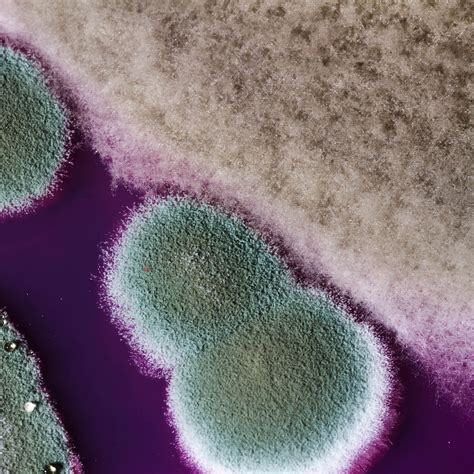Mold growth, a common indoor air quality problem, poses significant health risks and can cause structural damage. Air purifiers have emerged as a potential solution to mitigate mold growth and improve indoor air quality. This article aims to provide a comprehensive analysis of the relationship between air purifiers and mold growth, examining their effectiveness, limitations, and practical applications.

Can Air Purifiers Prevent Mold Growth?
Air purifiers play a role in preventing mold growth by:
- Removing Mold Spores: Air purifiers with HEPA filters can capture mold spores floating in the air, reducing their spread and concentration. According to the EPA, HEPA filters can remove up to 99.97% of particles as small as 0.3 microns, including mold spores.
- Reducing Moisture: Some air purifiers have dehumidifiers that remove excess moisture from the air, creating an environment less favorable for mold growth. The EPA recommends maintaining indoor humidity levels below 50% to prevent mold growth.
Effectiveness of Air Purifiers against Mold
Studies have shown mixed results regarding the effectiveness of air purifiers against mold growth.
- Limited Reduction: A study published in the journal “Building and Environment” found that air purifiers reduced mold spore concentrations by an average of 22%. While this reduction is significant, it may not be sufficient to eliminate mold growth entirely.
- Effectiveness Varies: The effectiveness of air purifiers in preventing mold growth can vary depending on factors such as the size of the room, the type of mold, and the frequency of air purifier use.
Limitations of Air Purifiers
While air purifiers can assist in reducing mold growth, they have certain limitations:
- Cost: High-quality air purifiers with HEPA filters can be expensive to purchase and maintain.
- Maintenance: Air purifiers require regular cleaning and filter replacement to maintain optimal performance.
- Not a Substitute for Mold Remediation: If mold has already established a foothold in a home, an air purifier alone will not eliminate it. Professional mold remediation is necessary to address the source of the problem.
Practical Applications
Despite their limitations, air purifiers can be beneficial in certain situations:
- Prevention: Air purifiers can be used as a preventive measure to reduce mold spore concentrations in areas where mold growth is likely to occur, such as bathrooms and basements.
- Supplements Mold Remediation: An air purifier can supplement mold remediation efforts by removing any remaining mold spores after the source of the problem has been addressed.
- Allergy Relief: Air purifiers can also help alleviate allergy symptoms caused by mold spores.
Tips and Tricks
- Choose an air purifier with a HEPA filter tested and certified to remove mold spores.
- Place the air purifier in the room where mold growth is most likely to occur.
- Run the air purifier regularly, especially during periods of high humidity.
- Clean and replace the air purifier filter as recommended by the manufacturer.
- Maintain indoor humidity levels below 50%.
Conclusion
Air purifiers can be a valuable tool in the fight against mold growth, but they should not be considered a silver bullet. They are most effective when used as part of a comprehensive mold prevention and remediation strategy. By understanding the limitations and practical applications of air purifiers, homeowners can make informed decisions about their use in improving indoor air quality and preventing mold-related health problems.
Tables
| Feature | HEPA Filter | Dehumidifier |
|---|---|---|
| Mold Spore Removal | Up to 99.97% | No |
| Moisture Reduction | No | Yes |
| Cost | High | Medium |
| Mold Prevention Application | Air Purifier with HEPA Filter |
|---|---|
| Bathroom | Yes |
| Basement | Yes |
| Kitchen | Yes (if prone to moisture) |
| Bedroom | Yes (for allergy relief) |
| Mold Remediation Application | Air Purifier with HEPA Filter |
|---|---|
| After professional remediation | Yes |
| As a supplement to remediation | Yes |
Current Status and Future Prospects
Mold growth continues to be a significant indoor air quality problem, affecting millions of homes and businesses worldwide. Air purifiers are becoming increasingly popular as a potential solution, but more research is needed to determine their long-term effectiveness in preventing and controlling mold growth.





















